Morgantown Glass Museum
Introduction
Text-to-speech Audio
The Morgantown Glass Museum showcases Kurt Ly's passion which is home to over 5,000 pieces of glass art. The collection consists of art works that were made by three local companies, the Gentile Glass Company, which operated from 1892 to 1980, Morgantown Glass Company (1899-1971), and Seneca Glass Company (1891-1983). Admission is free and the museum is open by appointment only.
Images
This is a side self view of some of the beautiful art.
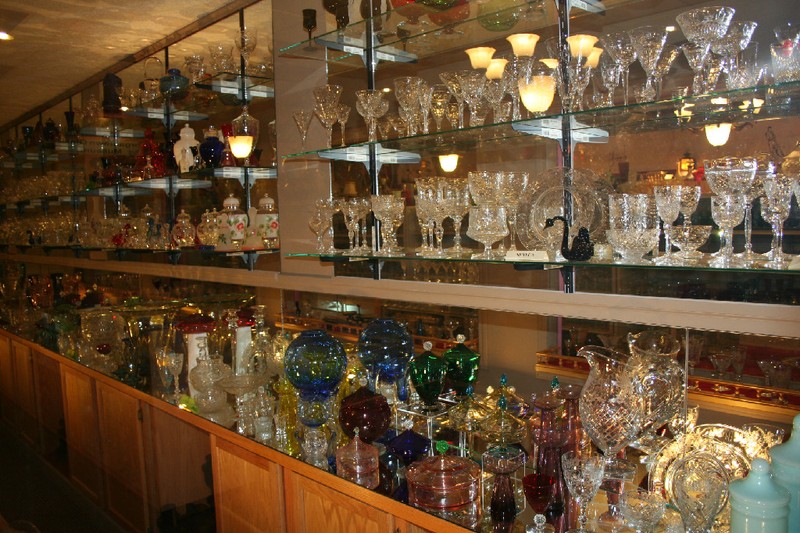
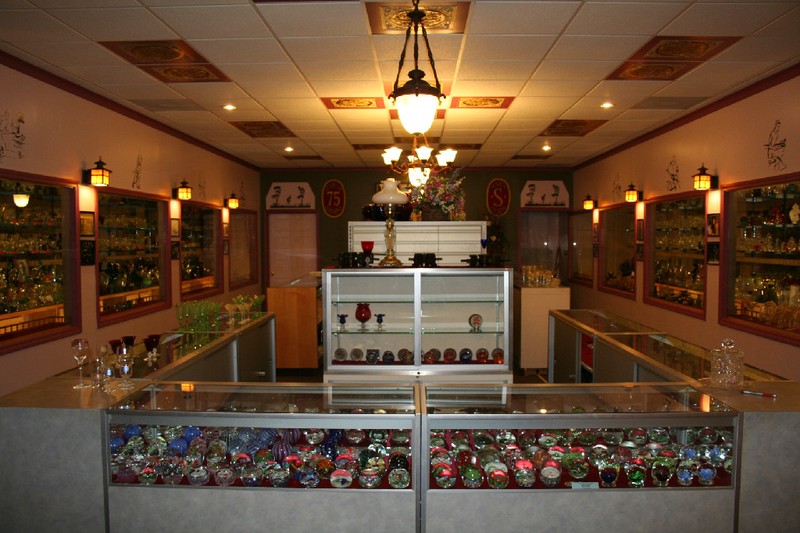
NRHP Form (Seneca Glass Company Building)
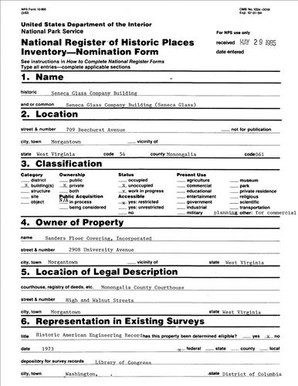
Hand cut glassware patterns
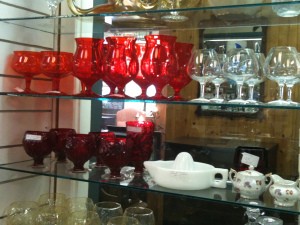
Glass candleholders
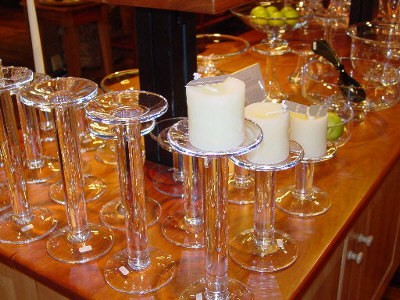
Seneca glass
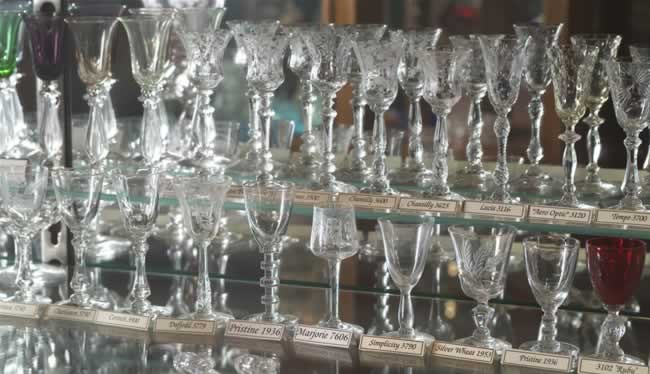
Backstory and Context
Text-to-speech Audio
Kurt Ly was born in Hanoi, Vietnam and lived in Hong Kong for about 14 months. After becoming inspired by the American Dream, Kurt arrived in the United States as a refugee in 1980. After four years of working in Morgantown and saving money, he opened Morgantown's Peking House Restaurant in 1984. Eventually after ten years of collecting glass art, he decided to open his collection to the public and show his passion to the world. Altogether, the collection consists of over 5,000 pieces of glass that were all made locally provided through three glass companies; Seneca Glass Company, Gentile Glass Company, and Morgantown Glass company.
All three companies dating back to as early as the 1800s share some of the world's finest hand-blown, hand-cut glass molds ever to be seen. Seneca Glass Company located in Fostoria, Ohio, was founded in 1891 by a group of immigrants who were all born in West Germany. After the original building was closed in August of 1983, the group who at the time was located in Cumberland, Maryland, later decided to purchase the company. However, instead decided to relocate to Moundsville, West Virginia as the future of Seneca Glass was eventually born in 1981. Upon the factory closing in August of 1983, the facility had been home to Morgantown for nearly 90 years.
In the 1920s and 1930s, Morgantown Glass was famous for it's more common Continental Line of glassware. In January of 1939, the company switched it's name to Morgantown Glassware Guild and was home to the colorful, high-quality hand-blown glassware. The company is also known for it's mass production on hand-cut crystal glassware. Unfortunately, after the Great Depression hit the nation, the industry was never able to recover and later went out of business.
By taking advantage of West Virginia's infrastructure and abundance of natural resources, these companies believed they were in the most suitable environment needed in order to produce the best glass at max efficiency. Also, because the United States was in the middle of the Industrial age, the decision to move the factories at the time had a tremendous impact on the economy of the county. The Seneca Glass Factory was placed on the National Register of Historic Places on December 19, 1985.
Some of the museum artifacts that are on exhibit consist of colorful pattern molds, President's house stemware, candleholders, and much more! For more information, please visit the museum's website which is listed below.
All three companies dating back to as early as the 1800s share some of the world's finest hand-blown, hand-cut glass molds ever to be seen. Seneca Glass Company located in Fostoria, Ohio, was founded in 1891 by a group of immigrants who were all born in West Germany. After the original building was closed in August of 1983, the group who at the time was located in Cumberland, Maryland, later decided to purchase the company. However, instead decided to relocate to Moundsville, West Virginia as the future of Seneca Glass was eventually born in 1981. Upon the factory closing in August of 1983, the facility had been home to Morgantown for nearly 90 years.
In the 1920s and 1930s, Morgantown Glass was famous for it's more common Continental Line of glassware. In January of 1939, the company switched it's name to Morgantown Glassware Guild and was home to the colorful, high-quality hand-blown glassware. The company is also known for it's mass production on hand-cut crystal glassware. Unfortunately, after the Great Depression hit the nation, the industry was never able to recover and later went out of business.
By taking advantage of West Virginia's infrastructure and abundance of natural resources, these companies believed they were in the most suitable environment needed in order to produce the best glass at max efficiency. Also, because the United States was in the middle of the Industrial age, the decision to move the factories at the time had a tremendous impact on the economy of the county. The Seneca Glass Factory was placed on the National Register of Historic Places on December 19, 1985.
Some of the museum artifacts that are on exhibit consist of colorful pattern molds, President's house stemware, candleholders, and much more! For more information, please visit the museum's website which is listed below.
Sources
http://www.morgantownglassmuseum.com/
Seneca Glass Company Building. National Register of Historic Places Collection. Morgantown, WV: Seneca Glass Company, 1985.
http://www.morgantownhistorymuseum.org/Glassware%20Guild.html
"Morgantown Glassware Guild Inc." Morgantown History Museum. 2009. Web. 25 April 2016.
